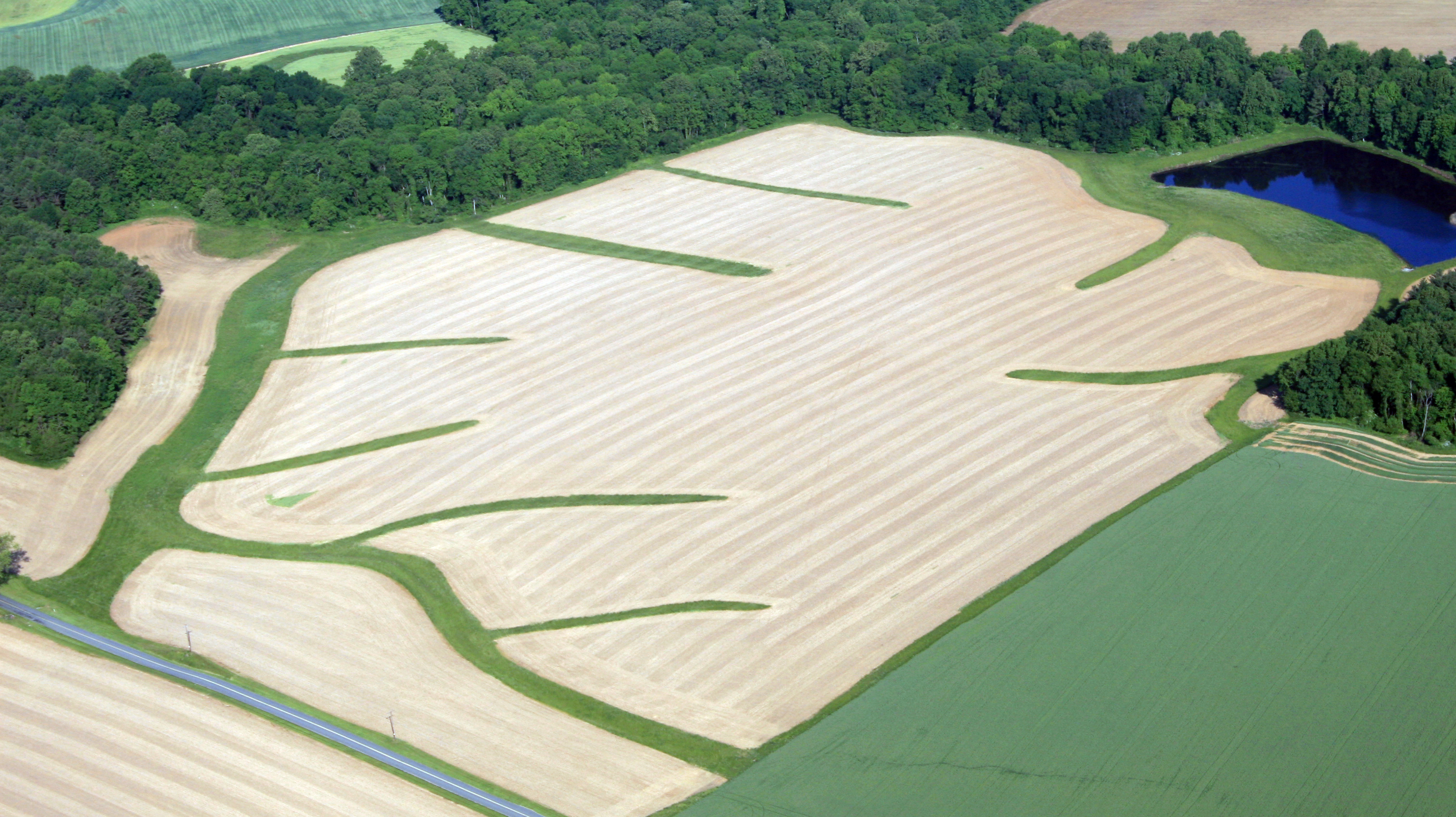
Planting perennial cover between or within fields helps manage runoff, reduce erosion, and improve soil structure - particularly in sloped or saline areas.
This website uses cookies to enhance usability and provide you with a more personal experience. By using this website, you agree to our use of cookies as explained in our Privacy Policy.
Marsh Boardwalk Temporarily Closed
Due to recent vandalism, the Marsh Boardwalk at Ken Reid Conservation Area is closed until further notice. Visitors can access the viewing platform but there is no through access across the boardwalk.
We’ll provide updates as work progresses.
The 2026 Seedling Sale is now open. Explore available species and place your order today for spring pickup.
Where Agriculture and Nature Meet
ALUS
ALUS Kawarthas Peterborough Northumberland (ALUS KPN) supports farmers in creating and maintaining projects that improve the health of the land, water, and wildlife across our region. We work one-on-one with producers to develop ecosystem improvement projects that align with their farm goals while also generating ecological benefits for the broader landscape and community.
ALUS KPN recognizes that farmers perform a critically important role as stewards of our environment. Our mission is to help farmers achieve ecological and land management goals by providing robust technical and financial support.
Launched in 2019 as an initiative of the Ontario Federation of Anglers and Hunters, ALUS KPN transitioned in 2025 to Kawartha Conservation, which now serves as our local delivery partner. The program remains farmer-driven and locally guided by a Partnership Advisory Committee (PAC) made up of producers and community members.
We provide annual payments to recognize the ongoing ecosystem services these projects provide - such as clean water, carbon capture, and improved biodiversity. Payments are provided for a five or ten year term, with opportunities to renew.
ALUS KPN is currently seeking local farmers to join our Partnership Advisory Committee. We meet 4-5 times a year, and member time is compensated. For more information on how to become involved in ALUS KPN, please contact the ALUS KPN Program Coordinator, Joshua Noiseux.
What Kind of Projects Do We Fund?
We are currently funding projects to be completed in 2025, with additional support available for tree planting in Spring 2026.
Below are the main types of projects currently eligible for support.
Grassed Waterways and Field Strips

Planting perennial cover between or within fields helps manage runoff, reduce erosion, and improve soil structure - particularly in sloped or saline areas.
Converting Marginal Cropland to Grassland
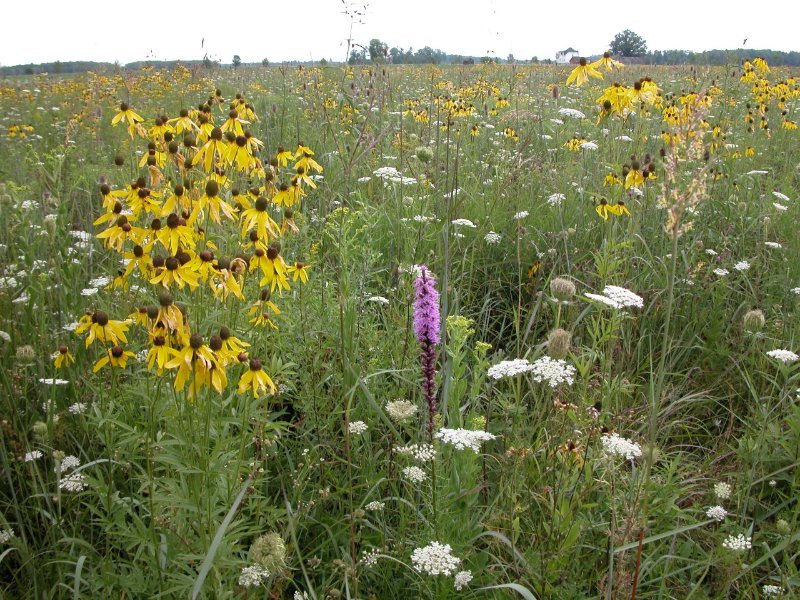
High-risk or low-yielding fields can be taken out of annual production and seeded to permanent grassland or perennial biomass crops. These projects reduce inputs, protect soil, and provide biodiverse habitat.
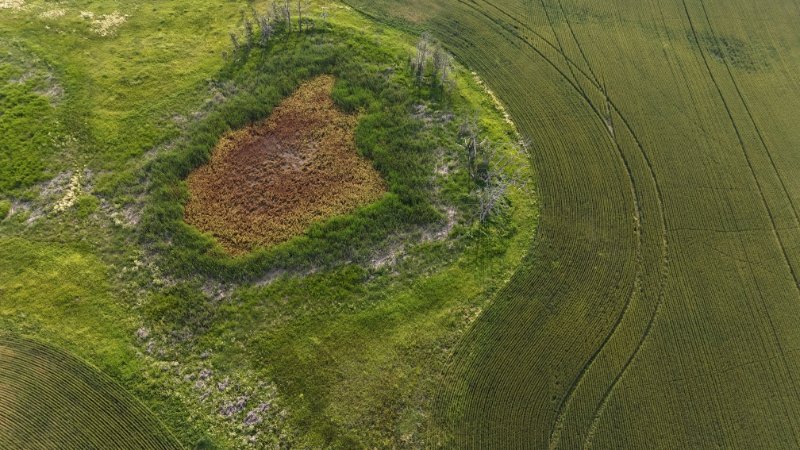
Planting or expanding vegetated buffers along streams and drainage areas helps filter runoff and stabilize banks while adding biodiversity. Projects may include reshaping riparian zones or naturalizing field edges.
Pollinator and Biodiversity Habitat

Perennial wildflower strips or patches can be established in field margins or underused areas to support native pollinators and other beneficial species.
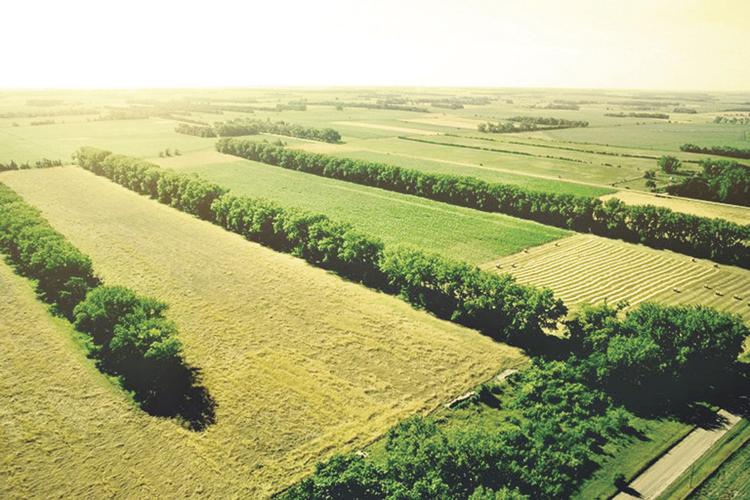
Tree and shrub rows around fields, buildings, or livestock areas reduce wind exposure, provide shade, and improve overall microclimate conditions.
Tree and Shrub Planting on Marginal Land
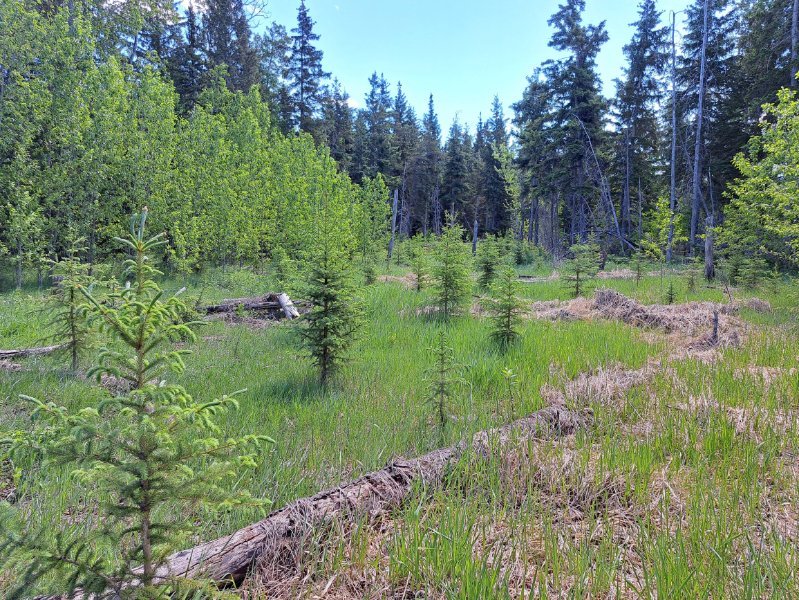 Planting trees and shrubs in or around marginal cropland. Establishing woody vegetation can improve long-term resilience and ecological function. We also support intercropping with trees rows within annual cropland.
Planting trees and shrubs in or around marginal cropland. Establishing woody vegetation can improve long-term resilience and ecological function. We also support intercropping with trees rows within annual cropland.
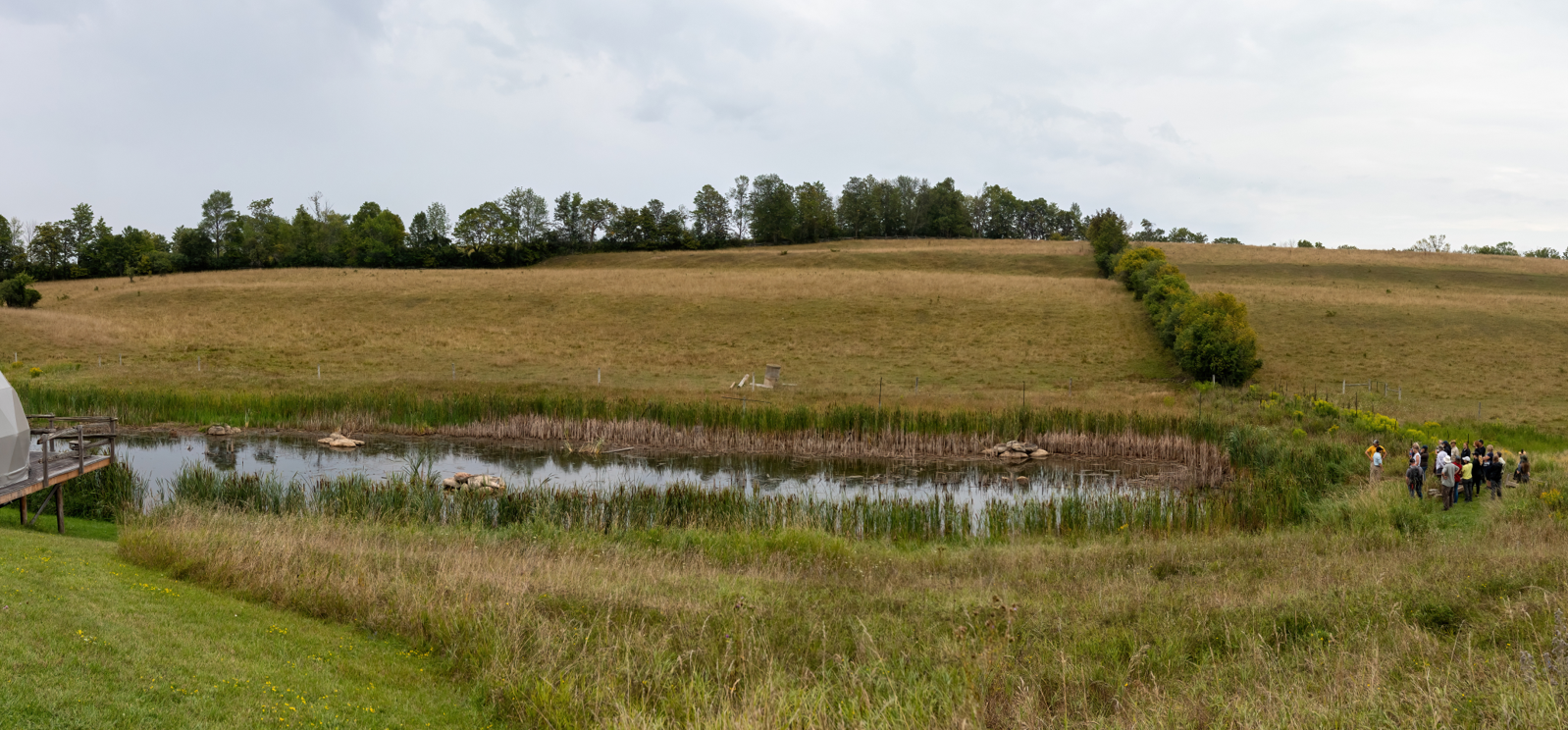
Projects that help restore, maintain, or create wetlands. These help with flood control, provide diverse habitat, and carbon storage.
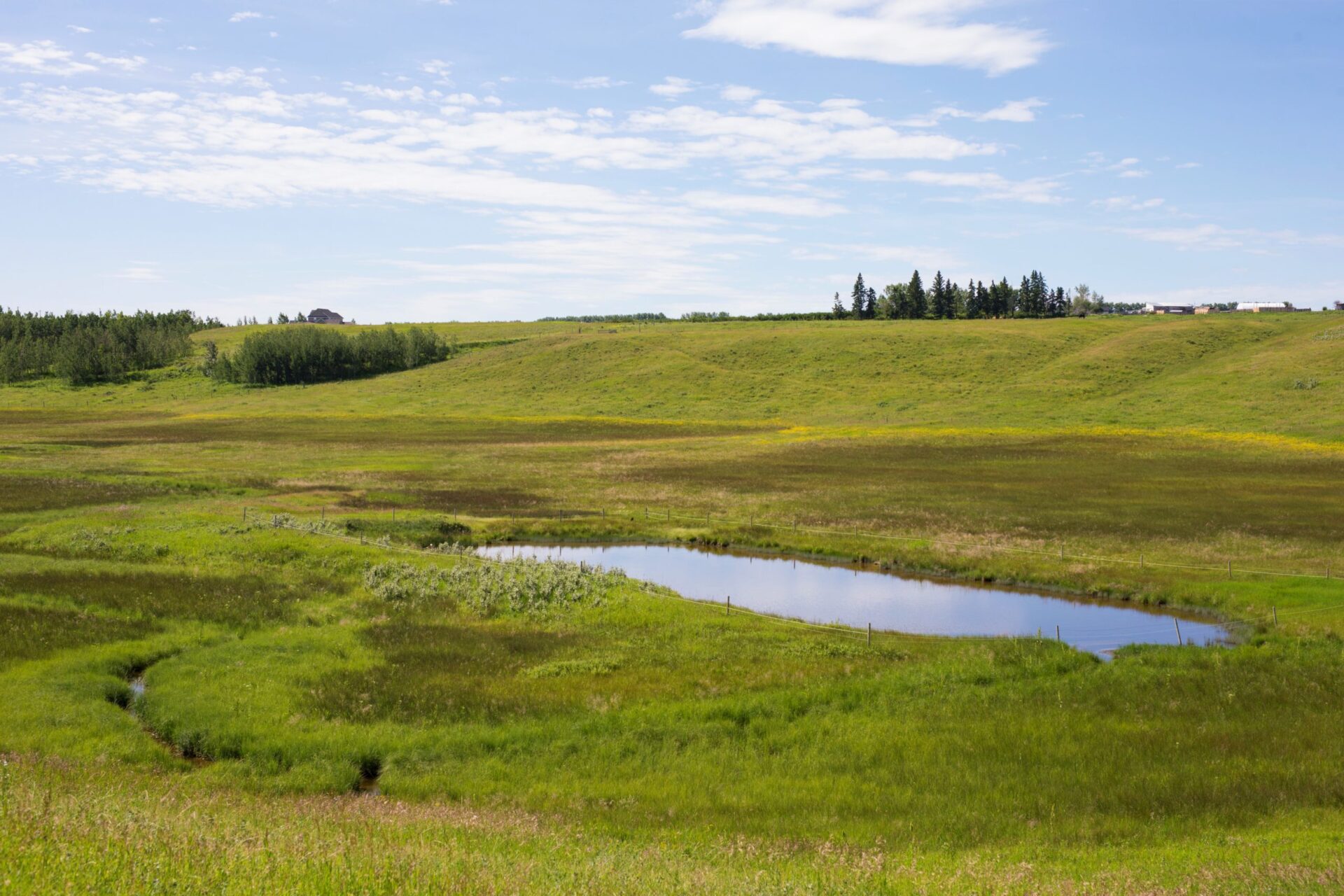
Constructing ponds or retention areas helps capture spring runoff, reduces erosion, and provides resilience against drought.
In addition to the categories above, we can also support:
Partnership Advisory Committee (PAC) Members
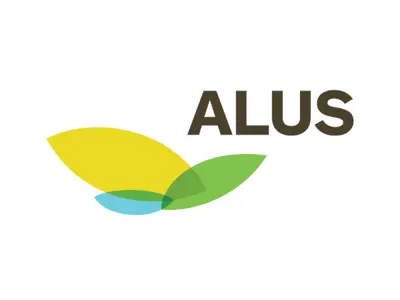
Contact Us
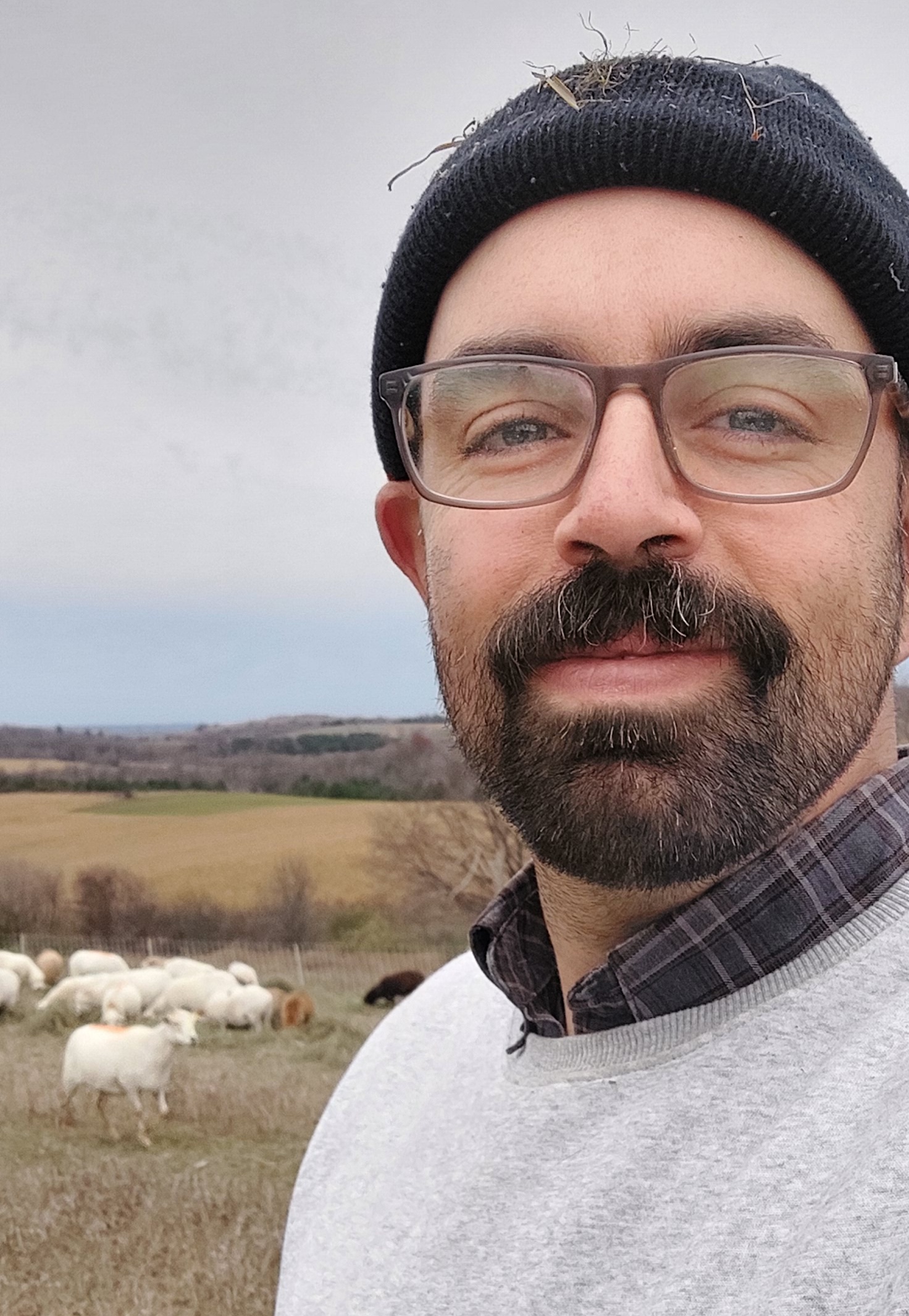
Joshua Noiseux
ALUS KPN Coordinator
jnoiseux@kawarthaconservation.com
705-328-2271 ext 227
277 Kenrei Road
Lindsay, ON K9V 4R1
Kawartha Conservation has officially launched its annual Seedling Sale, offering residents an affordable way to support local tree planting and long term watershed health. With a range of native species available and spring pickup planned, now is the time to place your order.
Subscribe to Receive Updates and Notifications
Stay up to date on flood and low water, news, activities, events, programs and operations by subscribing to updates and the Watershed Watch Newsletter.